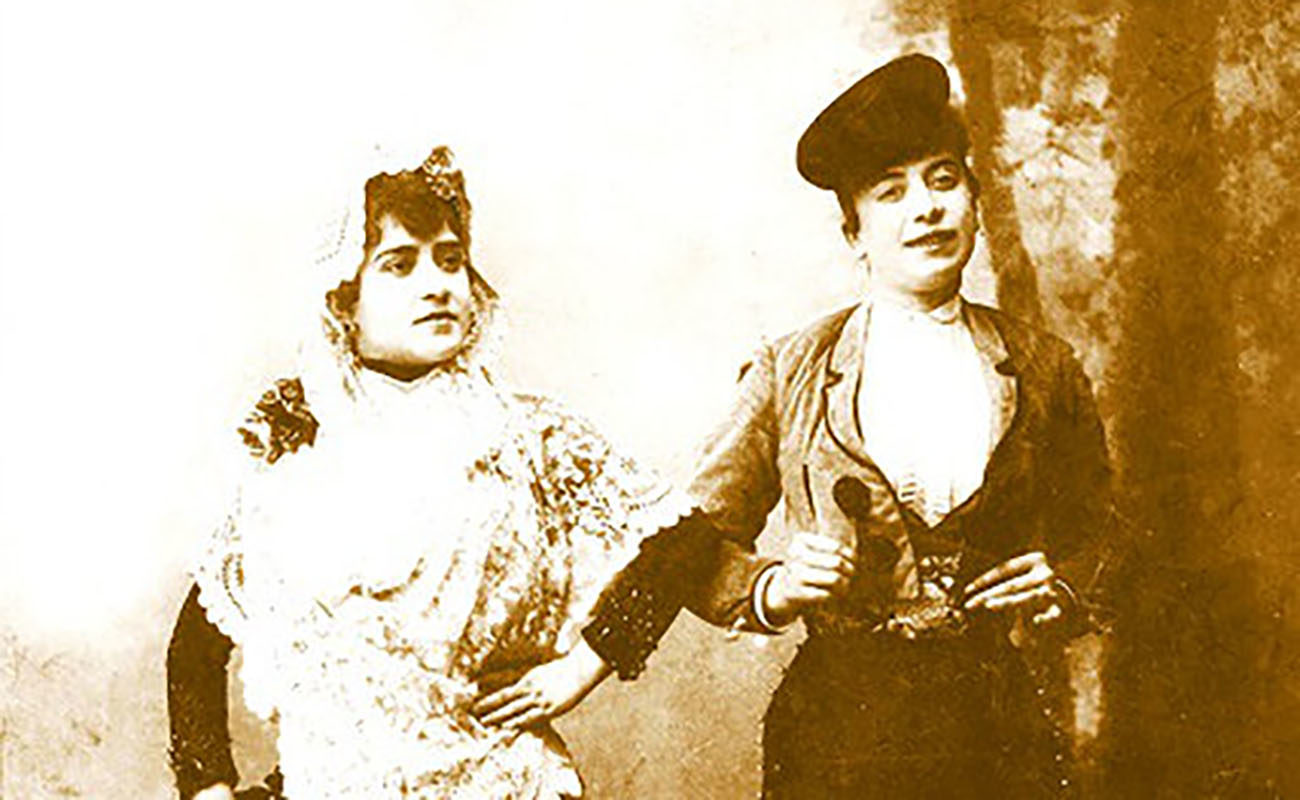What’s the matter with flamenco in Cádiz?
We'll keep doing our part, pestering the institutions and maybe they’ll react, specially in Cádiz, where flamenco is still alive thanks to the gaditanos who love it and to those artist who, like El Planeta, his nephew Lázaro and the Ortega family, took the flamenco standard all over the world.

According to what I read and hear, I can’t help wondering, what’s the matter with flamenco in Cádiz? There is a lot of art and compás in there, loads of charm and great artists too, but what about the history of the arte jondo in that land, which is perhaps flamenco’s main cradle? Cádiz is the oldest town of Western civilization, with over three thousand years of history. In the 15th century, there were already print-outs of villancicos sung on Christmas Eve in the Cathedral of Cádiz, and the first cantaores recorded in history were from that city. The first known star of flamenco, Antonio Monge Rivero El Planeta,was born in Cádiz in 1790, having been baptized in the San Lorenzo parish. Twelve years later (1802), his nephew Lázaro Quintana Monge (son of El Planeta’s sister, Dolores), was one if the first cantaores to sing in the theaters of Cádiz and Madrid. Yet, many centuries before that, Pliny the Elder, the Roman author, naturalist and military commander, was already writing about Cádiz “sorrowful throats whispering songs and agonizing guitars”, not to mention the classical poets Martial and Juvenal, who described Cádiz songs and dances in Roman times, which weren’t Roman but Andalusian, unique to Cádiz, apparently.
In San Fernando were born Antonio Ortega El Fillo and Ramón Sartorio, two important historical personalities of cante, and in Puerto Real was born Frasco El Colorao, a cantaor who was crucial in taking the seguiriyas of Cádiz to Triana, where he died, more than eighty years old, leaving a lasting legacy there. If we start talking about Jerez, we would never end, and the same goes for Puerto de Santa María, the land of Juan el Cagón, José Perea and Tomás el Nitri, without forgetting Las Coquineras, three sisters who revolutionized baile in 20th-century Seville, two of whom died in Madrid, and the other dying in Seville more than a hundred years ago.
How is it possible that Cádiz’s huge cultural legacy isn’t properly taken care of? Worth of praise is the research work of Javier Osuna and Antonio Barberán, and also Faustino Núñez, to whom Cádiz owes more support and attention, but much more can still be done, and that depends on the public institutions, which are extremely stingy with our art, today recognized and admired the world over. Antonio Barberán is constantly knocking on doors, looking for help, but it should be the other way around. The pubic institutions should be knocking the door of the Faculty of Flamencology in Cádiz, asking what they can do for flamenco and for Cádiz. For example, providing financial support, which would be essential to undertake the extremely important task of creating a big documentation center focusing on this province’s flamenco, which is crucial, I’d say vital in the formation of the arte jondo. Nothing is done in Seville either, other of the main cradles of this art, a city where we’ve been for decades almost begging on our knees trying to make the authorities take care of the city’s flamenco legacy, its history and its creators. José Luis Ortiz Nuevo has had to ask for help in the social networks to be able to publish La Valiente, a biography of La Cuenca, the most universal bailaora of Málaga, a book which will be soon released in that city. Which by the way, is the city where El Planeta spent the last twenty years of his life, a base from where he traveled all across Andalusia, showcasing the cante of Cádiz. In Málaga also lived Lázaro Quintana, Tomás el Nitri, Silverio Franconetti (who married there in 1868), el Fillo (son) and María la Andonda, which is something the city was completely unaware of, until a few years ago. Now they know it, but they don’t seem to care, because they’re busy with other matters.
Is there any region in the world more inconsiderate than Andalusia? I don’t think so, although all countries have their problems, for sure. Oh well, we’ll keep doing our part, pestering the institutions and maybe they’ll react, specially in Cádiz, where flamenco is still alive thanks to the gaditanos who love it and to those artist who, like El Planeta, his nephew Lázaro and the Ortega family, took the flamenco standard all over the world.
*This article was originally published in ExpoFlamenco on April 13th, 2016






